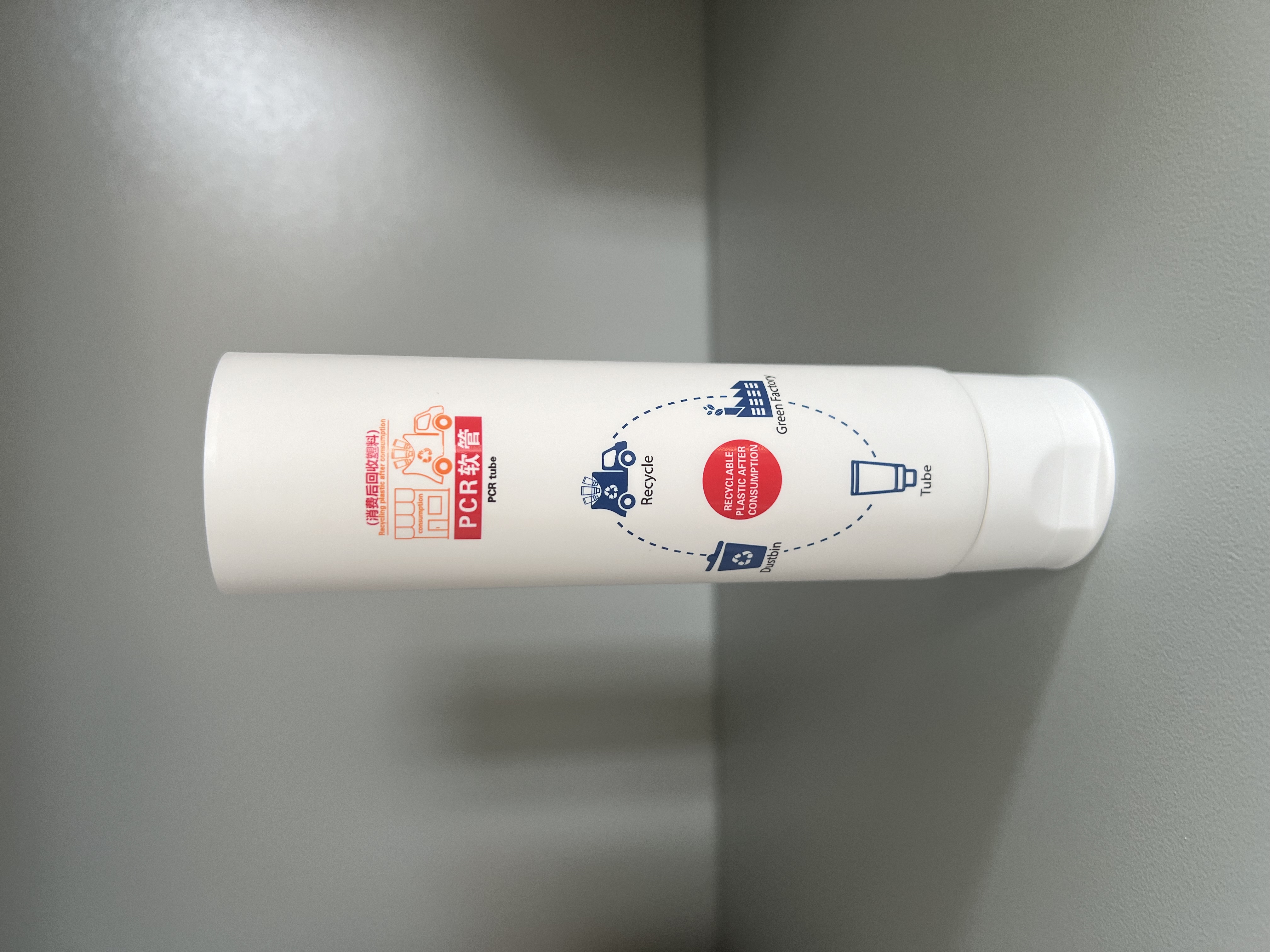What Are PCR Tubes and What Are PCR Tubes Used For? A Comprehensive Guide
In the world of molecular biology, few tools are as essential as the PCR tube. Whether you're conducting routine diagnostics, academic research, or cutting-edge genetic experiments, these small but mighty plastic tubes are indispensable. But what are PCR tubes, and what are PCR tubes used for exactly? This comprehensive blog delves into everything you need to know about PCR tubes—from their design and material to their role in facilitating one of the most revolutionary scientific techniques: polymerase chain reaction (PCR).
Understanding the Basics: What Are PCR Tubes?
PCR tubes are small, thin-walled plastic vessels designed specifically for use in PCR (Polymerase Chain Reaction) processes. They are typically made from medical-grade polypropylene and have a conical bottom to facilitate sample collection and minimize waste. Available in various volumes—0.1 mL, 0.2 mL (standard), and 0.5 mL—these tubes are designed to endure the high-temperature changes required for thermal cycling during DNA amplification. Their primary role is to hold the reaction mixture (DNA template, primers, nucleotides, buffer, and polymerase) during PCR.

The Science Behind PCR
PCR is a molecular biology technique used to amplify small segments of DNA. Developed in the 1980s by Kary Mullis, PCR revolutionized genetics by enabling researchers to create millions of DNA copies from a tiny initial sample. The PCR process involves three key steps:
- Denaturation (95°C): The double-stranded DNA melts into single strands.
- Annealing (50-65°C): Primers bind to the single-stranded DNA templates.
- Extension (72°C): DNA polymerase synthesizes new DNA strands.
This thermal cycling is repeated 25-40 times, and PCR tubes must be capable of rapidly adapting to these temperature shifts without degrading or warping.
What Are PCR Tubes Used For?
PCR tubes are crucial for a wide range of scientific and medical applications:
- DNA Amplification: PCR tubes are the reaction chambers for DNA replication in research and diagnostics.
- Genetic Testing: Identifying genetic disorders like cystic fibrosis, BRCA mutations, and sickle cell anemia.
- Infectious Disease Detection: PCR tubes are used to detect pathogens such as HIV, tuberculosis, and SARS-CoV-2.
- Forensic Science: Amplifying DNA from crime scenes for identification purposes.
- Cloning and Gene Editing: Enabling gene manipulation experiments by amplifying target DNA sequences.
- Agriculture and Food Safety: Detecting genetically modified organisms (GMOs) and contaminants in food.
Types of PCR Tubes
PCR tubes come in several configurations to meet different lab needs:
Individual Tubes: Ideal for single reactions or low-throughput experiments.
Tube Strips: Usually 8 or 12 tubes connected in a strip, suitable for medium-throughput workflows.
PCR Plates: 96- or 384-well plates used in automated, high-throughput environments.
Low-Profile vs Standard-Profile Tubes: Low-profile tubes reduce dead space and improve heat transfer, while standard-profile tubes offer broader compatibility.
Material and Design Specifications
PCR tubes must meet specific material and design standards:
Material: Made from virgin polypropylene for heat resistance and chemical inertness.
Thin Walls: Ensure rapid and uniform heat transfer.
Optical Clarity: Required for real-time PCR applications.
Secure Caps: Dome, flat, or optical caps to prevent evaporation and contamination.
Compatibility With Thermal Cyclers
Choosing PCR tubes compatible with your thermal cycler is crucial:
Fit: Ensure a snug fit to maintain uniform temperature distribution.
Cap Type: Must align with cycler block design.
Format: Match individual, strip, or plate tubes with the block configuration.
Real-Time PCR: Use optically clear tubes with transparent flat caps.
Sterility and Contamination Prevention
Contamination can invalidate PCR results, so sterility is vital:
Pre-Sterilized Tubes: Certified DNase/RNase-free and non-pyrogenic.
Cleanroom Manufacturing: Reduces the risk of contamination.
Proper Handling: Use gloves, barrier tips, and dedicated pipettes.
How to Choose the Right PCR Tube
Consider these factors when selecting PCR tubes:
Volume Needs: Match tube size to reaction volume.
Cycler Compatibility: Confirm the tube design fits your thermal cycler.
Application Type: Use optically clear tubes for real-time PCR.
Cap Type: Choose based on sealing method and ease of use.

Common Challenges and Best Practices
Common issues and solutions include:
Evaporation: Use tight-fitting caps or sealing films.
Contamination: Work in clean environments and use sterile equipment.
Tube Warping: Avoid using incompatible tubes with high-temperature cycles.
Inconsistent Results: Ensure uniform contact between tube and block.
Sustainability and Innovations in PCR Tubes
As laboratories aim for eco-friendliness, innovations include:
Recyclable Materials: Tubes made from environmentally responsible plastics.
Reduced Packaging Waste: Bulk packaging options.
Smart Tubes: RFID-enabled tubes for sample tracking.
Automation-Compatible Designs: Streamlining workflow and minimizing manual errors.
Conclusion
In conclusion, PCR tubes may appear simple, but they are critical enablers of modern molecular science. From disease diagnostics to groundbreaking genetic research, PCR tubes provide a reliable environment for the precise and efficient amplification of DNA. Understanding what PCR tubes are and what PCR tubes are used for highlights their importance in both everyday lab work and advanced scientific discovery.
FAQs
Q1: What are PCR tubes made of?
Medical-grade polypropylene that is heat-resistant and chemically inert.
Q2: Can PCR tubes be reused?
Typically, no. They are single-use to prevent cross-contamination.
Q3: What is the standard size of a PCR tube?
0.2 mL is the standard, but 0.1 mL and 0.5 mL options exist.
Q4: Are PCR tubes compatible with all thermal cyclers?
Not always. Compatibility depends on tube dimensions and cycler block design.
Q5: What makes PCR tubes suitable for real-time PCR?
They must have optical clarity and flat, transparent caps to allow fluorescent signal detection.






